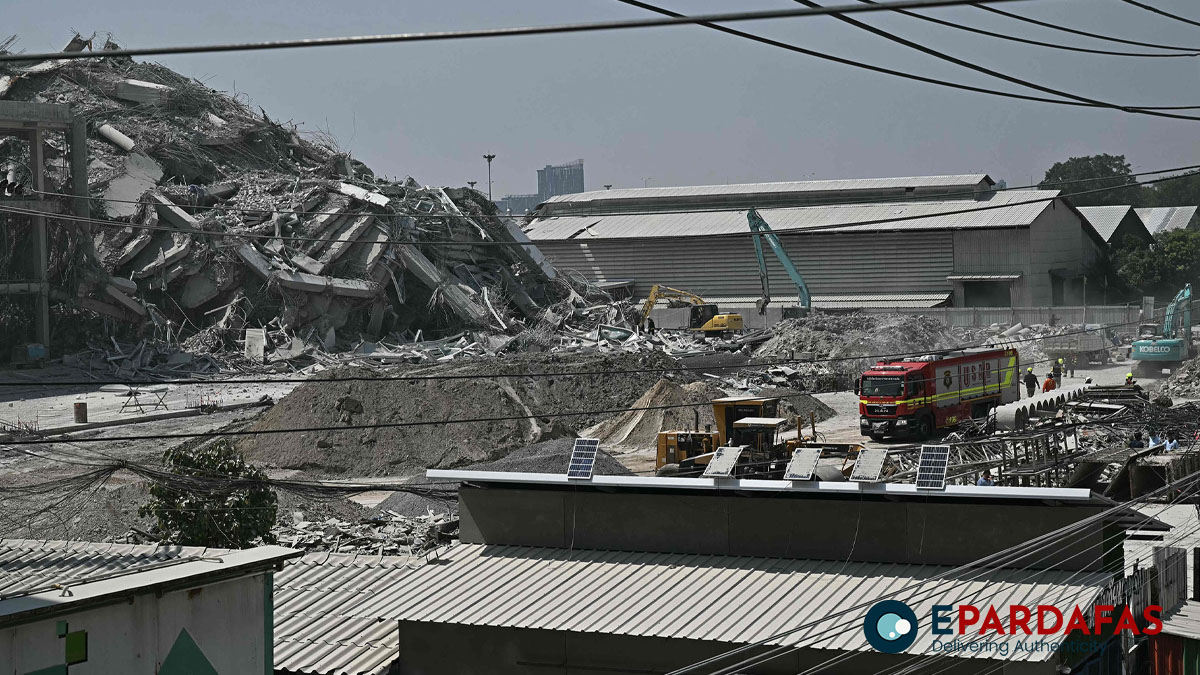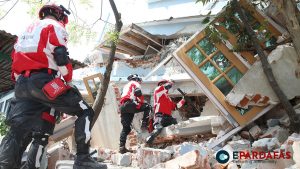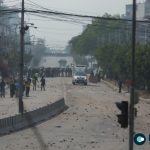
Myanmar Faces Daunting Challenges in Earthquake Relief Efforts
Ravaged by four years of civil war, Myanmar is ill-prepared to cope with the destruction brought by Friday’s massive earthquake. The 7.7-magnitude quake that struck central Myanmar has killed more than 1,600 people and destroyed thousands of homes. However, the bloody conflict sparked by the 2021 military coup has already left the country’s infrastructure, healthcare system, and power network in a state of collapse.
The United Nations and aid agencies have warned that millions were already facing a dire humanitarian crisis before the quake and are now in urgent need of even more aid. Much of the country was already plagued by a punishing mix of conflict, poverty, and instability, with 3.5 million people displaced and the economy shattered. “We have estimated that 19.9 million people are in need of humanitarian assistance, and this is just before the earthquake,” said UN humanitarian coordinator in Myanmar Marcoluigi Corsi. “The situation will be further aggravated.” Before the quake, the World Food Programme (WFP) estimated that more than 15 million out of a population of 51 million were unable to meet their daily food needs.
Just two days after the quake, the UN reported that relief efforts were being hampered by a severe lack of medical supplies, while rescuers on the ground have pleaded for more equipment to search for survivors under the rubble. The disaster also comes at a time when US President Donald Trump has slashed jobs and funding to Washington’s foreign aid agency. One million civilians in Myanmar face WFP aid cuts after Trump reduced funding for the US Agency for International Development (USAID). Despite these cuts, countries around the world have begun sending rescue teams and aid shipments.
The junta, led by General Min Aung Hlaing, has lost control of large parts of Myanmar throughout the conflict, though it remains in charge of major cities, including Mandalay — the closest to the quake’s epicenter and one of the worst-hit areas. However, many civil servants chose to switch sides following the military coup and join the resistance against the junta. This loss of personnel has further weakened an already antiquated civil administration, making the management and distribution of relief efforts even more challenging. In a rare move, Min Aung Hlaing issued an appeal for foreign aid on Friday, marking a major shift from previous military rulers who historically shunned international assistance.
Much of Myanmar is controlled by a shifting patchwork of junta forces, ethnic armed groups, and pro-democracy partisans. The complex mosaic of control on the ground, often involving competing groups with different agendas, may further complicate efforts to move relief resources to where they are needed. Sagaing city, near the quake’s epicenter, has seen some of the heaviest fighting between junta forces and armed resistance groups. Ethnic armed groups, border militias, and the military have all been vying for control of local resources, raising concerns that a similar struggle may emerge over aid distribution.
Myanmar’s infrastructure and medical system have been ravaged by the civil war. The junta has bombed hospitals in rebel-held areas, and many doctors have abandoned government medical facilities to join the resistance. The UN has reported that hospitals in Mandalay, Magway, and the capital Naypyidaw “are struggling to cope with the influx of people injured.” The country was already suffering from phone and internet blackouts, but the earthquake has further crippled communication networks, making it even harder to coordinate aid efforts. Internet services in Mandalay remain unreliable, while land and air routes have been severely disrupted due to buckled roads.
With many houses collapsed, thousands of people are now homeless. The UN and humanitarian organizations have stressed the urgent need for temporary shelters and long-term solutions for those displaced by the disaster. Without swift intervention, Myanmar faces the risk of worsening humanitarian conditions in the wake of the earthquake.












Comments